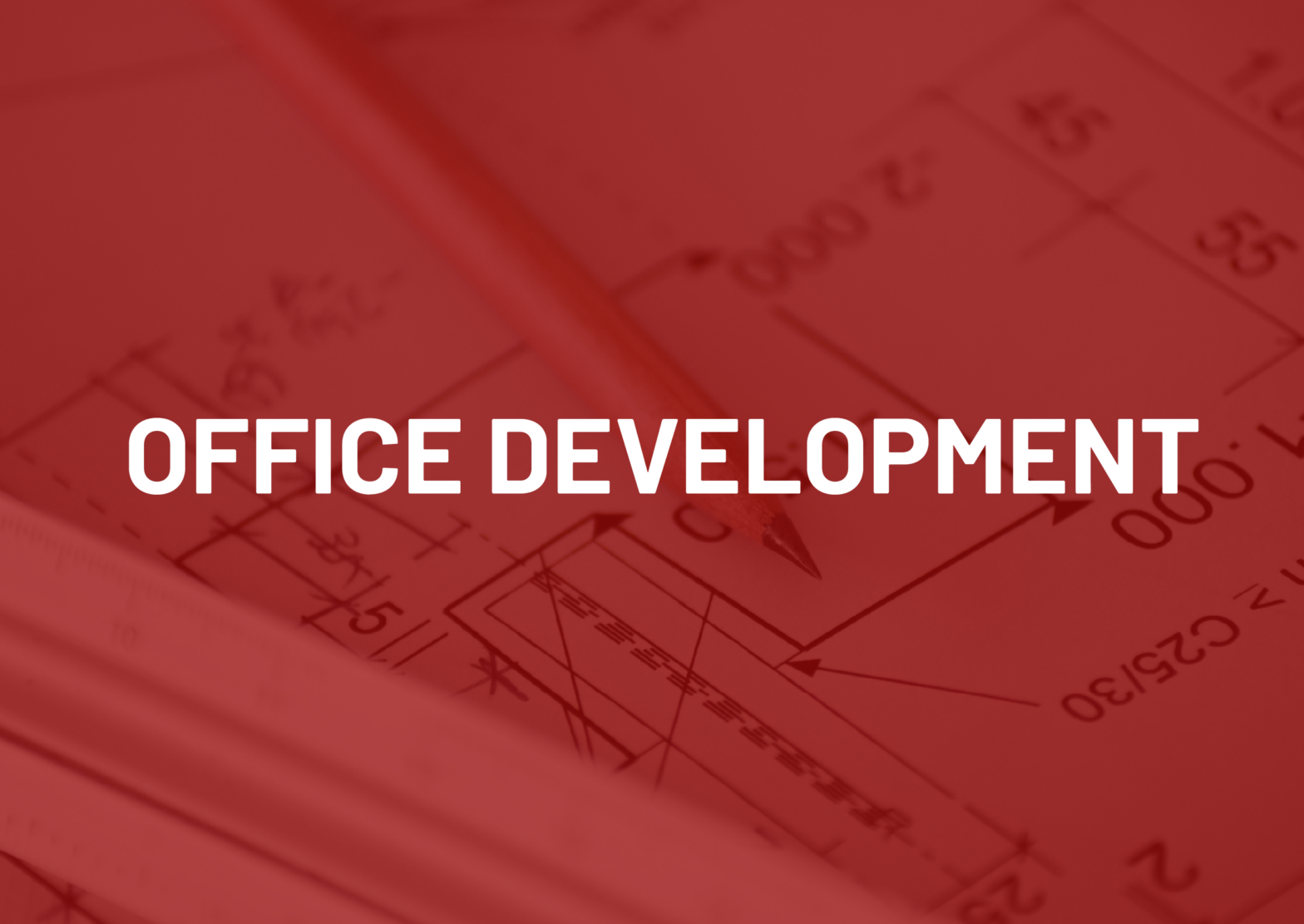It’s no secret that your career can be a source of stress. Like most professions, a career in public procurement comes with its unique set of stressors and challenges, especially as most procurement offices are starting a new fiscal year. We spoke with public procurement officials at our most recent REACH conference in Philadelphia to see what was causing them stress.
Some of the most common stressors we heard mentioned include:
- Working within budgetary and time restraints
- Supplier disputes
- Urgent purchase requests
- Regulatory and statutory compliance
- Stakeholder pressure
- High-stakes negotiations
- Policy changes
Luckily, there are steps you can take to mitigate the effects of stress in both work and personal life.
Identifying Stressors
Have you ever struggled to fill a vacancy in your procurement office with a qualified and experienced candidate while simultaneously working to complete your daily job duties and those of the vacant position? This was a common refrain echoed by many public procurement officials we spoke with at REACH. Trying to juggle your responsibilities in a satisfactory manner while also taking on the role of a position that you are working to fill would be enough to stress out the most laid-back person in the world.
One of the best ways to manage stress is to identify your stress triggers. When you think of stress at work, what are the first words that come to mind? Try writing down those words, as well as situations, that tend to make you feel stressed. The Mayo Clinic suggests that a good first step after compiling your list is identifying what you can and can’t control. If a situation is out of your control, the only thing you can control might be your reaction (even if that isn’t always easy).
It’s also important to remember that not all stress is bad stress. Being stressed about something means that it’s important to you. In this article from the Harvard Business Review, the authors present a three-step approach to responding to pressure and harnessing the creative power of stress:
- See It: Name or label the stress that you are facing
- Own It: Recognize that we tend to stress more about things that matter to us
- Use It: Reframe your response to stress and harness it into something creative and useful
When remaining aware of your body’s stress response you can then use those hormones that might feel negative at first to bring about positive change and results.
Relax and Recharge
In a recent session from the REACH conference, Reducing Stress at Work: How Small Mindful Movements Can Make a Big Difference, one of the tips from the session’s presenter, Tami Musumeci-Szabó, is that your body doesn’t know the difference between a genuine smile and a fake smile. The Mayo Clinic says laughing and smiling can help you feel more relaxed. In the face of stress at work, current events, or travel issues, while you might not feel like smiling, it can ultimately make you feel less stressed if you give it a try.
You might also find it helpful to take a few minutes to yourself throughout the day to focus on your breathing or to listen to a short, guided meditation. There are endless free resources available online for meditation, both guided and otherwise, but you might try this playlist available through the Monterey Bay Aquarium. If sea creatures aren’t for you, Yoga with Adriene has a playlist as well.
Move It, Move It
According to this article from Harvard, exercise reduces the levels of the body’s stress hormones and stimulates the production of endorphins, chemicals in the brain that are the body’s natural painkillers and mood elevators.
As with breathing exercises and meditations, there is no shortage of information available about easy workouts you can do while seated or standing at your work desk. Some good resources to start with are this article from the Cleveland Clinic, which provides several exercises to do at your desk, and this one from Healthline, which illustrates various stretches you can do while seated.
Getting Started
Procurement U’s free, self-paced, online course, Essential Elements of Work-Life Balance, is a great starting point for any government professional seeking a better balance between work and life and a better understanding of stress and time management.
Taking a proactive approach to managing chronic stress can help ease and eliminate cumulative effects such as headaches, stomach issues, and sleep problems. By working to mitigate the effects of stress in your life, you will find yourself better equipped to perform well at work, maintain your health, and achieve your personal and professional goals.
Additional Resources
- University of Michigan – Stress Management Tools and Resources | Human Resources University of Michigan (umich.edu)
- American Heart Association – Stress Management | American Heart Association
- American Psychological Association – Coping with stress at work (apa.org)


